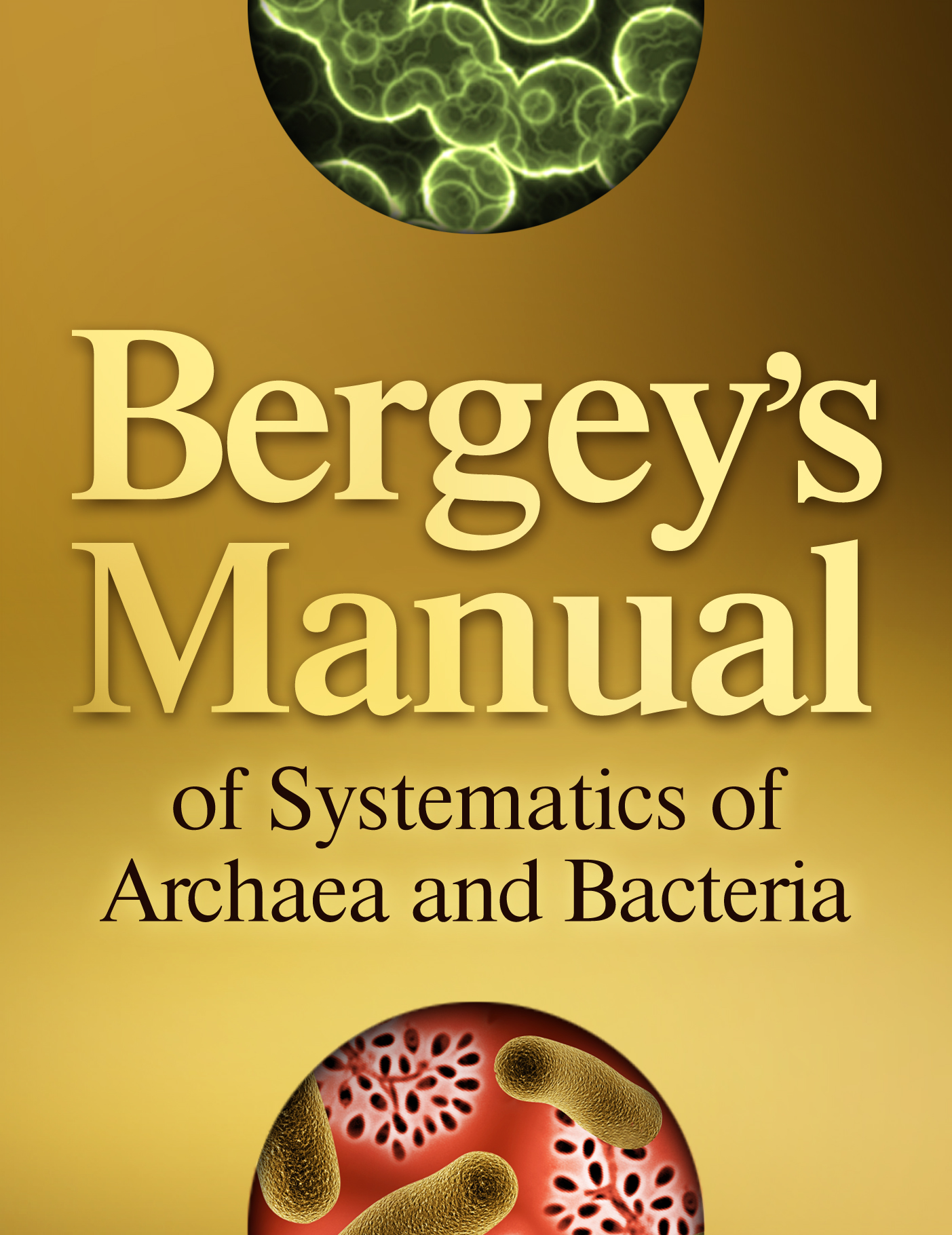Abstract
A.ga.tho.ba'cu.lum. Gr. masc. adj. agathos, good; L. neut. n. baculum, small rod; N.L. neut. n. Agathobaculum, small rod beneficial bacterium.
Firmicutes / Clostridia / Eubacteriales / Oscillospiraceae / Agathobaculum
Agathobaculum is a genus in the phylum Firmicutes, family Oscillospiraceae, order Eubacteriales, class Clostridia. Major fermentation end products are butyrate or acetate. Cells are obligately anaerobic, Gram-stain-positive, short, plump rods with widths and lengths ranging from 0.6 to 1.1 μm and 0.9 to 2.3 μm, respectively. No spores observed. Motile or nonmotile. Oxidase- and catalase-negative. Cells occur singly, in pairs or chains. The major cellular fatty acids are C16:0, C19 cyc 9, 10/:1, and C14:0 from cells cultivated on DSM 104 agar plates for 2 days at 37°C. Cell wall contains meso-diaminopimelic acid. DNA G + C content is 54.1–54.2 mol% (based on genome sequence). The genus currently comprises four species: Agathobaculum butyriciproducens, Agathobaculum desmolans, Agathobaculum faecihominis, and Agathobaculum ammoniilyticum. Optimal growth occurs at neutral pH and 37°C. Colonies of Agathobaculum are typically circular in form, convex in elevation, and white to yellowish in color. Based on results from the API 20A diagnostic kit, these bacteria use a diverse range of carbon sources including d-glucose and d-xylose but not d-raffinose or d-sorbitol. Members of the genus are found in human and animal feces. The type species is Agathobaculum butyriciproducens.
DNA G + C content (mol%): 54.1–54.2 (based on genome sequence).
Type species: Agathobaculum butyriciproducens Ahn et al. 2016VP.



